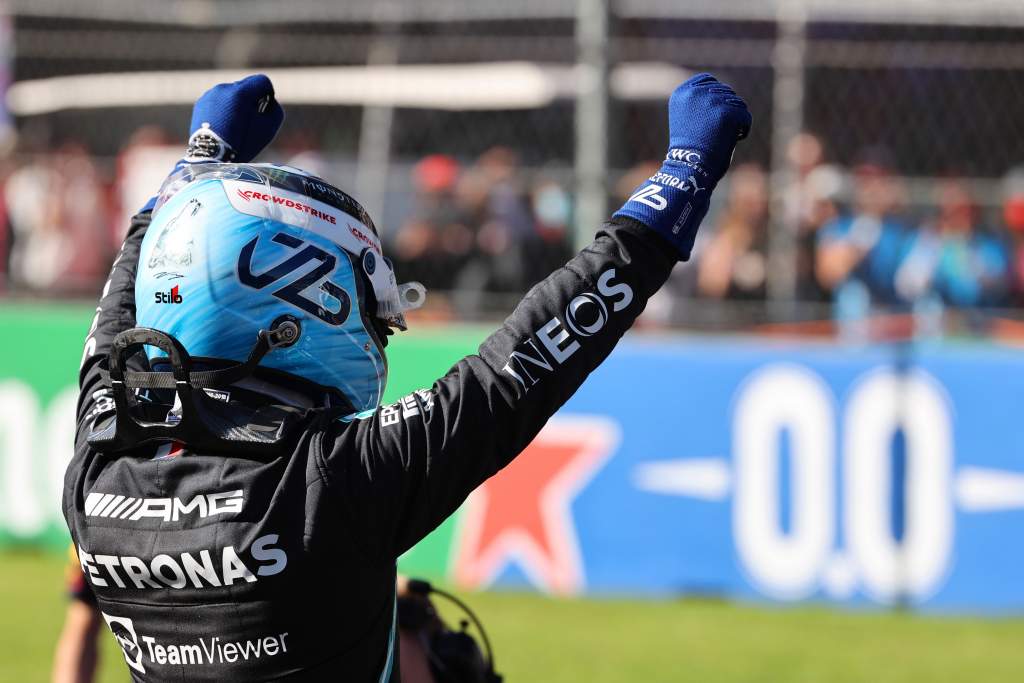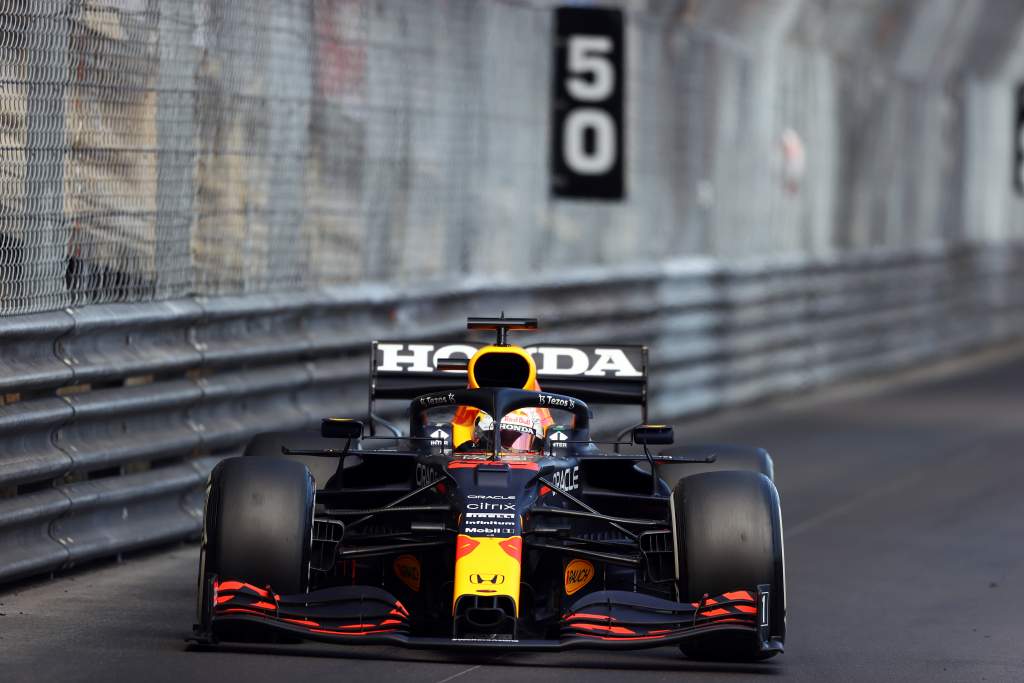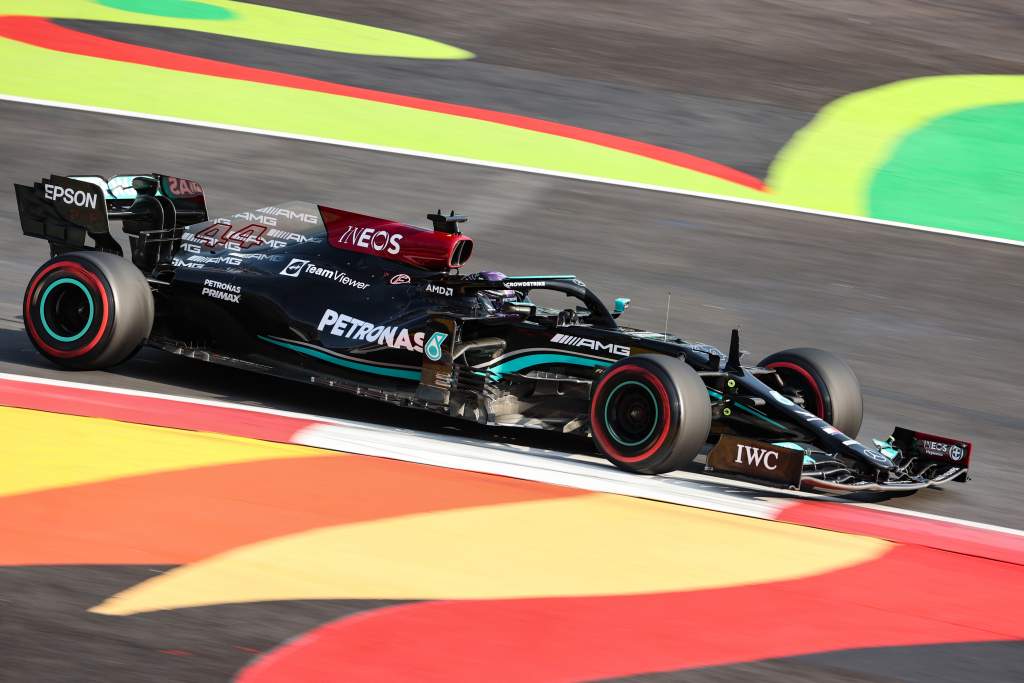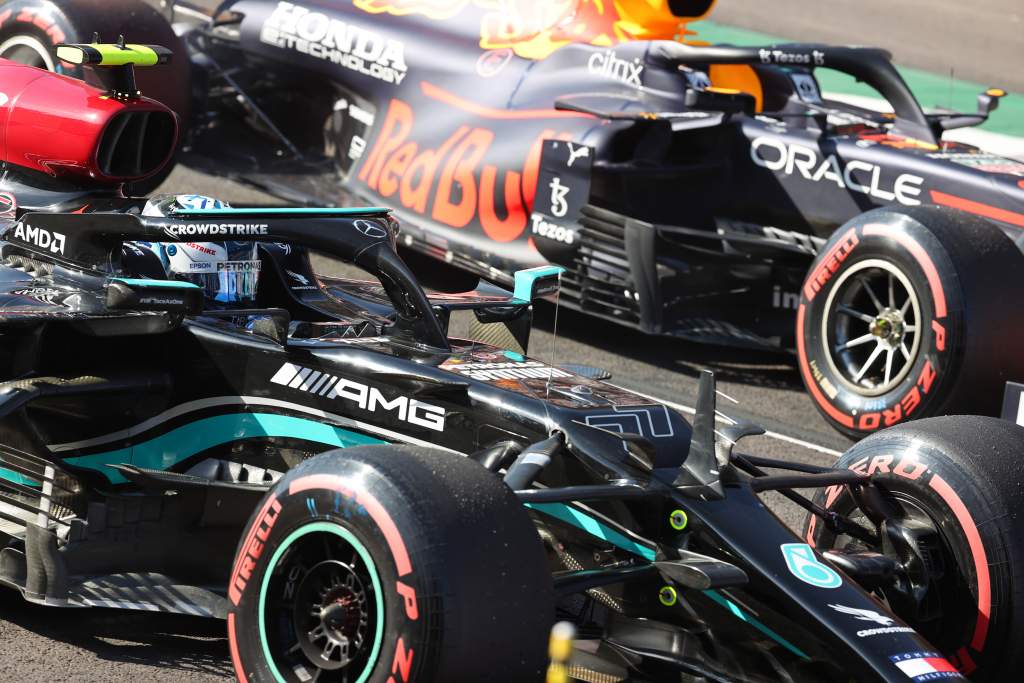Up Next

It’s always difficult to understand why the performance of one car against another suddenly switches around.
In Austin Mercedes started very strong, but come qualifying Red Bull took over. In Mexico it was the other way around. Mercedes was either sandbagging or had the confidence that track conditions would come to them. Or Red Bull simply had nothing left to give.
Personally, I think it was the latter.
The reason for this lies in the straightline speeds. Mercedes was always that little bit quicker, so that is an advantage that you take with you regardless of the track conditions.
However, Mercedes had more trouble getting the tyres working to its satisfaction pre-qualifying, and that two- or three-degree increase in ambient and track temperature for qualifying was probably just enough to get that initial bit that allows you to work the tyres that little bit more.

It is also very easy to be too gentle on the tyres on the outlap because you are trying to save them for the last section of the timed lap. But come qualifying, all that goes out the window. There isn’t time to be to clever, you just have to get on with it and use the grip when it’s available.
The speeds down the main straight in Mexico are just about the fastest of the season, even though the cars are running Monaco downforce levels and with that the same drag levels in terms of the configuration of the car. But the altitude with thinner air reduces the downforce and drag, and allows that higher top speed to be generated.
In Mexico, the DRS is in use down this straight and the speed trap is located 234 meters before the first corner. But the cars have reached more or less terminal velocity by this time, so I don’t think there is much more speed available before the braking zone.
| Start-finish | Speed trap | Delta | |
| Mercedes | 258.4 km/h | 351.1 km/h | 92.7 km/h |
| Red Bull | 257.8 km/h | 343.2 km/h | 85.4 km/h |
The speed difference at the end of the main straight was 7.3km/h compared to a delta of only 0.6km/h across the start/finish line. That speed difference is all made up from the start/finish line to the end of the main straight. And as I said above, that is with you no matter what the track conditions. For Mercedes to achieve that greater increase, it must either have more power or less drag at that point on the track.

If we look at Monaco for comparison, even though it is a bit more complicated as the DRS is in use only on the main pit straight and not at the main speed trap, which is 188 meters before the chicane at the exit of the tunnel, we have the following.
| Start-finish (DRS) | Speed trap (no DRS) | Delta | |
| Mercedes | 273.8 km/h | 286.0 km/h | 12.2 km/h |
| Red Bull | 273.9 km/h | 283.1 km/h | 9.2 km/h |
The cars in Monaco don’t reach terminal velocity so they are always gaining speed thanks to the length of the straights. But if we take what information we have from the tunnel exit speed and multiply that by 1.22 to compensate for the altitude in Mexico (the additional 0.22 correlates to the altitude of just over 2200 metres) we can see who has gained most.
Mercedes: 286.0 km/h * 1.22 = 349.0 km/h (actually 351.1 km/h, so +2.1 km/h)
Red Bull: 283.1 km/h * 1.22 = 345.4 km/h (actual 343.2 km/h, so -2.2 km/h)
So Mercedes gains that little bit more and Red Bull loses that little bit more. When you consider everything else in the set-up that could make a difference from sea level to over two thousand meters above sea level there is very little difference in actual power, drag or how the turbo works. If anything, Mercedes still has that little advantage on overall efficiency.
It could simply be down to its ride height-induced diffuser stall. Some circuits will suit this more than others but in Mexico there would be no way you would entertain stalling the diffuser at a speed lower than 250km/h. This is about the speed through the fast sweeping section in the middle of the Mexico City circuit.

That gives that final 100km/h to allow the drag reduction this gives you to have an impact. While that is only worth a small amount of time, it’s better to have it than not have it.
What’s more, it seems more beneficial than at COTA two weeks ago where the even faster sweepers in the first sector likely meant that drag reduction could not be so significant as you don’t want to suddenly lose downforce while in high-speed corners so have to make the ride height-induced diffuser stall kick in at a higher speed than in Mexico.
With Red Bull and Mercedes so closely matched over the season, the qualifying surprise in Mexico shows how small factors can make the difference between one or the other being ahead and I’m pretty sure that is going to continue for the rest of the season.
Let’s see what the race brings. But with that speed advantage on the second half of the main straight, Mercedes should be in a good place if it needs to defend or overtake.
For Red Bull, it will be the opposite, unless its cars can get ahead and open up a big enough gap to get out of DRS range.





